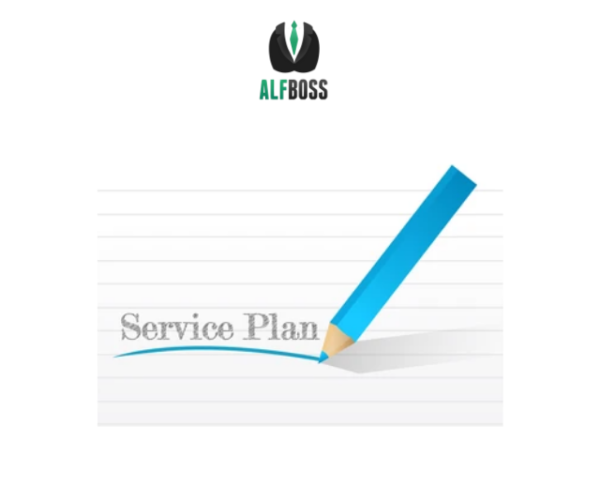
It’s funny how the real world relates to the world we operate inside of with our communities. Just as every person in the ‘natural world has specific likes, dislikes, and needs, our residents do just the same! Each person living in your facility has certain needs related to their personal care and must attend to as such. This is the reason behind why a ‘service plan’ is needed for each resident. We must assess each person and develop a plan for maintaining their care in order to provide the best possible experience for them. See the following regulation regarding service plans by the Minnesota ALLARD:
144G.70 SERVICES.
Subd. 3.Temporary service plan.
When a facility initiates services and the individualized assessment required in subdivision 2 has not been completed, the facility must complete a temporary plan and agreement with the resident for services. A temporary service plan shall not be effective for more than 72 hours.
Subd. 4.Service plan, implementation, and revisions to the service plan.
(a) No later than 14 calendar days after the date that services are first provided, an assisted living facility shall finalize a current written service plan.
(b) The service plan and any revisions must include a signature or other authentication by the facility and by the resident documenting agreement on the services to be provided. The service plan must be revised, if needed, based on resident reassessment under subdivision 2. The facility must provide information to the resident about changes to the facility’s fee for services and how to contact the Office of Ombudsman for Long-Term Care.
(c) The facility must implement and provide all services required by the current service plan.
(d) The service plan and the revised service plan must be entered into the resident record, including notice of a change in a resident’s fees when applicable.
(e) Staff providing services must be informed of the current written service plan.
(f) The service plan must include:
(1) a description of the services to be provided, the fees for services, and the frequency of each service, according to the resident’s current assessment and resident preferences;
(2) the identification of staff or categories of staff who will provide the services;
(3) the schedule and methods of monitoring assessments of the resident;
(4) the schedule and methods of monitoring staff providing services; and
(5) a contingency plan that includes:
(i) the action to be taken if the scheduled service cannot be provided;
(ii) information and a method to contact the facility;
(iii) the names and contact information of persons the resident wishes to have notified in an emergency or if there is a significant adverse change in the resident’s condition, including identification of and information as to who has authority to sign for the resident in an emergency; and
(iv) the circumstances in which emergency medical services are not to be summoned consistent with chapters 145B and 145C, and declarations made by the resident under those chapters.
Top Takeaways:
- 3.Temporary service plan.
When a facility initiates services and the individualized assessment required in subdivision 2 has not been completed, the facility must complete a temporary plan and agreement with the resident for services. A temporary service plan shall not be effective for more than 72 hours.
Ideally, the individualized assessment will be completed prior to the resident moving into the community so there is a good understanding as to what services you will be providing to the resident at the time of contract signing. If that is not possible you must have a temporary service plan in place for any services that will be provided until you can complete the full assessment.
- (b) The service plan and any revisions must include a signature or other authentication by the facility and by the resident documenting agreement on the services to be provided. The service plan must be revised, if needed, based on resident reassessment under subdivision 2. The facility must provide information to the resident about changes to the facility’s fee for services and how to contact the Office of Ombudsman for Long-Term Care.
The main point here is to ensure you are updating the service plan based upon any change in the condition the resident has. You can guarantee the licensing survey team will review service plans to verify the services you are providing align with what is listed on the plan.
Pro Tip:
Pro Tip:
- Create an environment where all staff members ‘buy-in’ to the constant revision of service plans by communicating the ever-changing needs of the resident. So many people come in contact with a resident throughout the day and notice new needs or a change in condition but think nothing of communicating that to the care team.